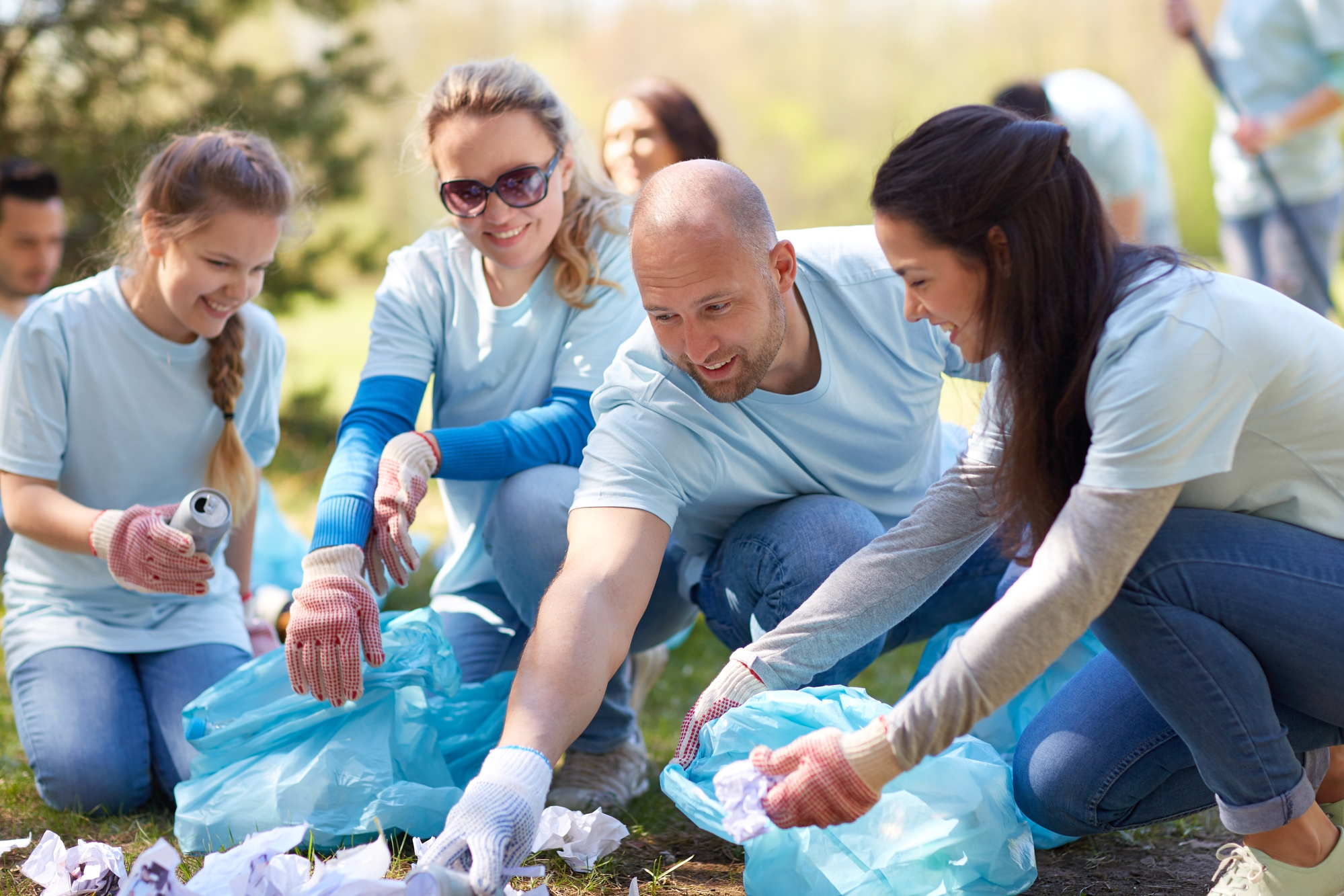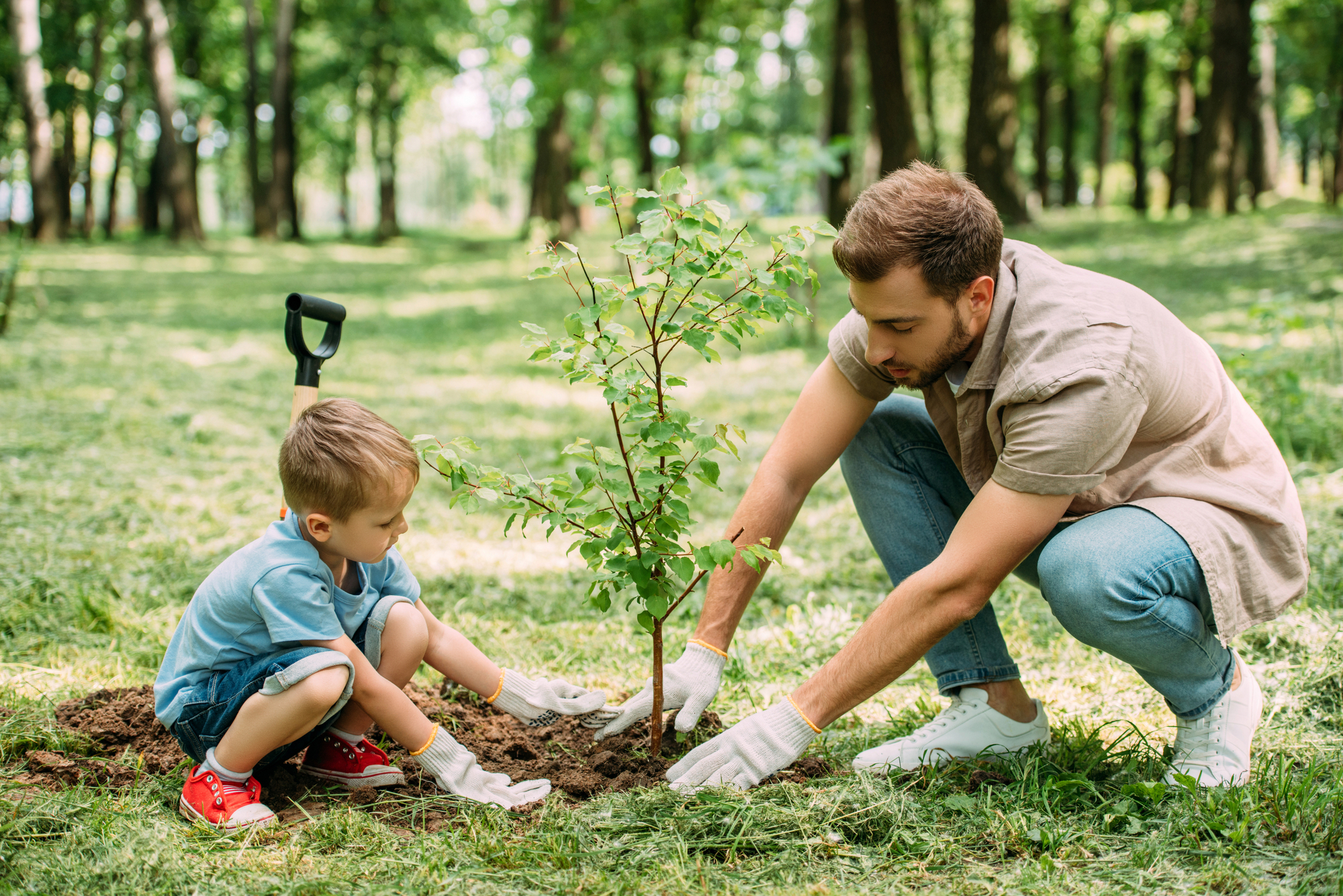The latest IPCC climate report warns of the increasing risks of ecological disasters and losses. In Australia, we are already experiencing intensifying droughts, heatwaves, bushfires, storms and flood. The common threads lying behind these disasters is human destructions of our living world, primarily through fossil fuel burning and land clearing. Clearly the time has come to change our ways for the sake of our children’s lives and the wellbeing of life on Earth.
Many inspiring local movements are leading the way, working from the ground up, to regenerate local communities and their ecosystems. Regenerative initiatives work across many areas. Here in Australia, groups of people are coming together to work on regenerating depleted soils, wetlands, forests, as well as regenerating regional areas, cities, food production systems, local economies and democracy. While the projects are diverse, they grow from a common commitment to enhance the liveliness and health of the systems we live within.
For an inspiring view of the changes that regenerative projects can deliver head to a screening of Damon Gameau’s latest film Regenerating Australia. In this short film, Gameau asks the question, ‘What would Australia look like by 2030 if we simply listened to the needs of its people?’ Based on a four-month interview process with a wide range of Australians sharing their hopes and dreams for the future, it tells an inspiring story about how our communities and ecosystems could thrive through regenerative strategies, large and small. Backing all of this up, the Worldwide Wildlife Fund Australia is launching an ‘Innovate to Regenerate’ challenge, providing $2 million in seed funding to help local communities and innovators ‘bring the film to life’ by establishing or scaling up innovative solutions that reverse ecological damage and develop ways to that nourish and restore ecosystems.
Regenerative movements celebrate life, diversity, fairness and inclusion. While they are shaped by expertise and research, they are powered by local people who care. Like my local Permaculture Food Forest for instance, established in an inner city park. This was made into a reality by community volunteers, like me, with the guidance of a permaculture expert. On one level its simple, I head out most Sunday afternoons to weed, mulch, plant and socialise with others. On another level, there are systemic benefits, as our efforts strengthen community, educate children and adults about growing food, nourish soils, increase pollinating insects, slow water runoff into the nearby creek and produce food to share. It’s both very pleasurable and empowering.
Here are seven suggestions for ways you and your family and friends can become part of the movement to regenerate our communities and country:
- Volunteer as a family to do bush regeneration in your local park
- Buy produce through a box scheme supplied by regenerative farmers.
- Work with your neighbours to establish verge gardens in your street to grow food or provide habitat for native wildlife.
- Get together with parents and teachers at your local school to create a compost system.
- Check out community energy initiatives in your local area.
- Arrange a screening of Regenerating Australia at your local school or community centre.
- Check out permaculture skills and courses for a more sustainable and regenerative way of living at home, work and in your community.





